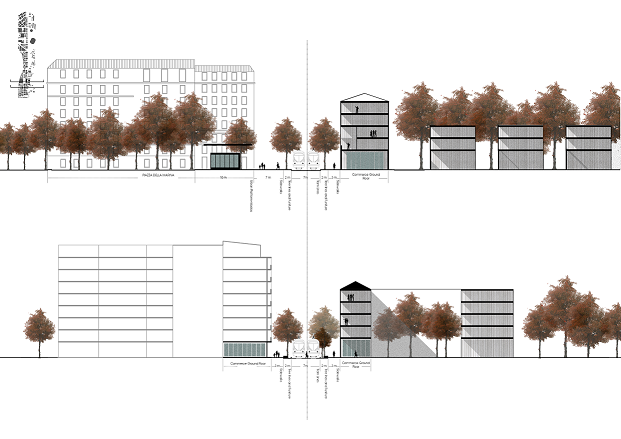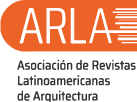From road infrastructure to urban space. Transforming Via Flaminia into a new cultural axis of Rome
DOI:
https://doi.org/10.13140/RG.2.2.36581.19689Keywords:
cultural axis, Via Flaminia, RomeAbstract
The street is the outside space that shapes our daily life. Its study means to understand the most important public space of the city. The research project described herein attempts to understand how the street becomes an urban space -a livable space-, its importance as a social realm and the design elements that make it a successful space in the city. The scope of the research goes from a general overview of the street to the study of the specific case represented by Via Flaminia, one of the most important historical axes of Rome. The approach to the research is divided into two parts; first a theoretical, historical and referential investigation; and a second part that includes a focused analysis of Via Flaminia and concludes with the application of this analysis to the design of an urban and an architectural project for this chosen street. The proposed project seeks to solve the limited permeability of the street and attempts to provide continuity to its image. It explores the repurposing the existing building typologies with new social, cultural and recreational functions. One of the main goals is to transform this street into a revitalized cultural node of the city, to transform Via Flaminia from a road infrastructure to a quality urban space of the City of Rome, seeking that it becomes the new cultural axis of the city. The architectural project focuses on a critical point of the street, developing a Cultural and Educational Center.
Downloads
References
M. Southworth, E. Ben-Joseph, “Streets and the Shaping of towns and cities” Island Press, USA, 2003
C. Moughtin, “Urban Design: Street and Square”, Architectural Press, London, 1992
A. Jacobs, “Great Streets” Massachusetts Institute of Technology, USA, 1993
J- Jacobs. “The Death and Life of Great American Cities”, Vintage Books, New York, 1961
F. Lucchini. “La Villa Poniatowski e la Via Flaminia. Edizioni Kappa, Italy, 1981
R. Morassut, V. Proverbio, D. Modigliani, F. Giordano, Piano Regolatore Generale. Norme Tecniche di AttuazioneComune di Roma, Dipartimento VI Politiche della Programmazione e Pianificazione del Territorio – Roma Capitale, https://carteinregola.files.wordpress.com/2013/12/prg_nta.pdf, 2008

Published
How to Cite
Issue
Section
Copyright (c) 2017 Frances Prado, Silvia Malcovati, Christian Rapp, Haike Apelt

This work is licensed under a Creative Commons Attribution-NonCommercial-ShareAlike 4.0 International License.
The opinions expressed by the authors do not necessarily reflect the position of the editor of the publication or UCLA. The total or partial reproduction of the texts published here is authorized, provided that the complete source and electronic address of this journal is cited. Authors have the right to use their articles for any purpose as long as it is done nonprofit. The authors can post on the internet or any other media the final approved version of their work.






.png)




